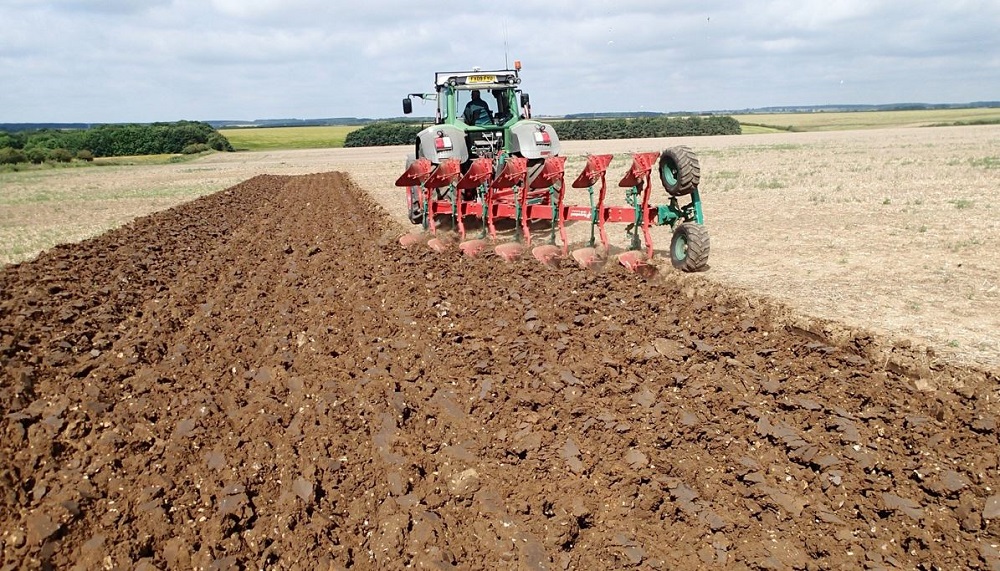- Home
- Knowledge library
- Rotation, cultivation and drilling options for cereal disease management
Rotation, cultivation and drilling options for cereal disease management
The extent to which disease develops in a crop is a balance between the likelihood of infection (i.e. disease pressure) and the ability of the crop to resist or avoid infection (i.e. field resistance). There are several ways to influence this balance, such as by changing the approach to rotation, cultivation and drilling.
Use the rotation to reduce disease
The effect of crop rotation depends on the disease.
For trashborne pathogens, the absence of a host crop (or volunteer) reduces the viability of the pathogen.
For some diseases (e.g. net blotch), a non-host cereal, such as oats, is an effective break crop. For other diseases (e.g. fusarium), a non-cereal break crop is required to reduce disease risk.
As a rule of thumb, a two-year break from a host crop is usually more effective than a one-year break. However, growing wheat continuously can reduce the risk from take-all because of ‘take-all decline’.
For airborne pathogens, the presence of infected crops in adjacent fields increases disease pressure. This limits the power of rotational options for such diseases.
For disease with a seedborne phase, the use of clean seed is essential.
Use of cultivation and drilling to reduce disease
For most diseases, cultivation helps break up and bury infected crop residues. However, other factors, such as varietal resistance and rotation, can reduce disease risk at least as much as – and often more than – ploughing.
In general, early-drilled autumn-sown crops are at higher risk of disease because they are exposed to infection for longer. For example, delayed sowing of winter wheat (from mid-September to mid-October) reduces septoria tritici pressure, irrespective of varietal resistance rating. In effect, a moderately susceptible variety (rating of 5) sown in mid-September can be comparable to a susceptible variety (rating of 4) sown in mid-October.
| Action | Septoria tritici | Yellow rust | Brown rust | Powdery mildew | Fusarium | Eyespot | Rhynchosporium | Ramularia | Net blotch |
|
Early-sown |
↑ |
↓*** |
↑ |
↓* |
|
↑ |
↑ |
|
↑ |
|
High nitrogen or dense crop |
↑ |
↑ |
↑ |
↑ |
|
↑ |
↑ |
↓ |
↑ |
|
Min-till |
↑ |
↑** |
↑** |
↑** |
↑ |
↓ |
↑ |
|
↑ |
|
High seed rate |
↔ |
|
↑ |
|
|
|
|
Notes
- The presence of volunteers increases the risk for all diseases cited
- Blanks indicate the effect is not clear
- Very late-sown crops may be less able to tolerate seedborne and soilborne diseases
- *Mildew tends to cause most damage on late-sown crops. However, it may be most common on early-sown, well-tillered crops
- **The increased risk is associated with higher volunteer numbers
- ***Guidance on the impact of drilling date on yellow rust pressure has recently changed (find out why in this YouTube video about agronomic factors affecting yellow rust)
Further information
 AHDB
AHDB

